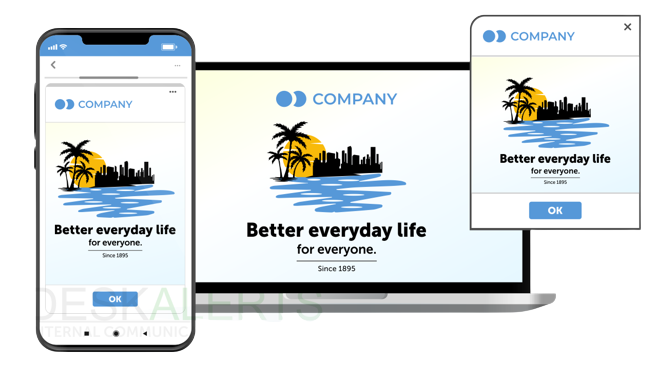A business’ corporate communications strategy is integral in ensuring that your organization is able to communicate effectively with both internal and external stakeholders, as well as stay on track in terms of achieving core objectives. If a communications strategy is well thought-out and executed according to plan, a business can bet on knowing and marketing itself with a unified voice that cuts across through projects, sales, and even administrative support. A strong and steady communications strategy also guarantees minimal financial loss that may be a result of poor brand communication.

Listed below is a set of questions that an organization must ask its people to answer as it crafts a corporate communications strategy that is true to their philosophy as a brand:
1. What is your strategic direction?
Before even deciding the logistics and how-to’s of communicating the brand’s vision, the brand must first learn what its vision is. The organization’s strategic direction is will inform all other processes and strategies of said group, and understanding this strategic position is important in planning the different projects, products, and services of a brand or business. Once the strategic direction is identified, the organization can then translate this vision into clear and concise objectives that it will try to achieve in a given period. Consequently, these objectives are to be translated into communications-specific goals that will later direct the corporate communications strategy workplan. The strategic direction, core objectives, and specific goals are what will give identity to the organization’s voice.
2. Who are your stakeholders?
Upon learning the goals of the organization, it must also take into consideration the people it wants to communicate these goals to; or rather, who it directed its brand toward as based on its goals. These may be the employees and those who are part of the organization, the customer base of the brand, potential partners, and the public at large. These stakeholders are who the organization directs its voice to. When the organization takes the time to identify stakeholders, it will have an easier time prioritizing communication plans, as well as making sure audiences are spoken to in the language that they identify with.
3. What is your corporate language?
One’s corporate language is generally what makes or breaks the brand. It is the how the voice is translated into written or spoken word, visual information, etc. When the organization identifies its potential audiences, it also inherently identifies the type of language it will be using. A brand relying heavily on social media, for example, will need to keep up with trending internet lingo in order to communicate with its users online. The idea in this case is that in order for customers to relate to a brand or an organization, they must be able to speak in a language that is more or less common to them.
4. What is your execution plan?
A corporate communications strategy is rendered useless if not executed. The voice has to be heard outside of the organization, and there must be a corresponding idea as to how this voice will be publicized. A well thought-out communications strategy must have an equally strong communications plan. Key communications activities must be detailed in a calendar, budgets must be meticulously set out and allocated as per the strategy. Specific timetables and project plans – with specific milestones set – must be formally documented in order for the organization to stay in course of the overall strategy. Of course, execution of the strategy also entails future monitoring and evaluation, as well as an assessment of the objectives set at the beginning of the strategy crafting process.






